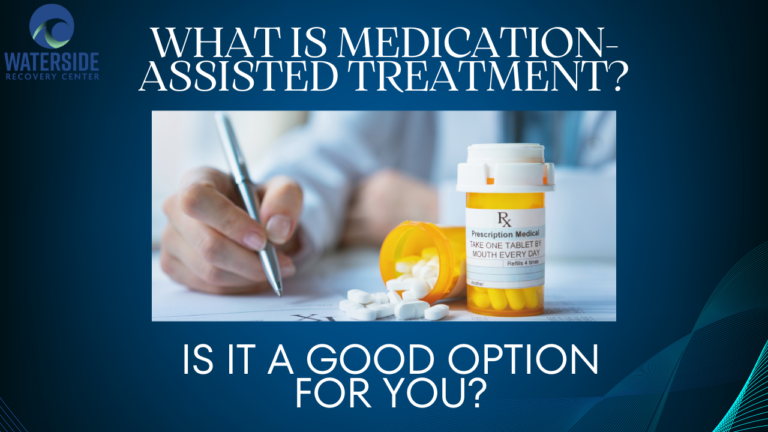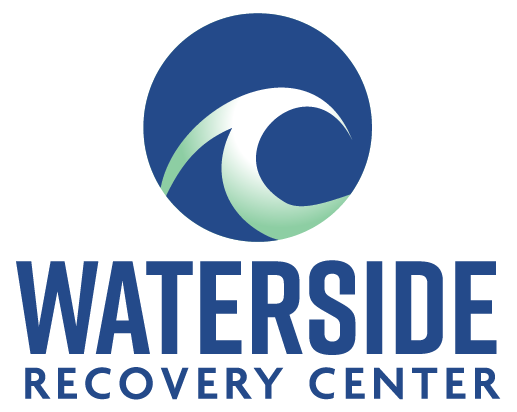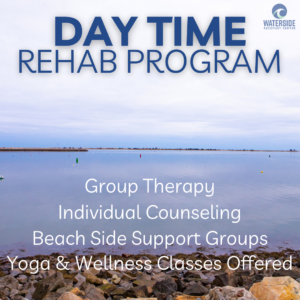
What is Medication Assisted Treatment (MAT)?
Navigating Recovery: Exploring Medication-Assisted Treatment
Fundamentally, substance abuse doesn’t have a one-size-fits-all solution. Consequently, it’s crucial to examine different options thoroughly. Starting the journey to recover from substance use disorder might seem scary. But, with advancements in addiction treatment, there’s hope. One innovative approach is Medication-Assisted Treatment (MAT). This approach offers an array of medications to help individuals suffering from substance abuse.
Furthermore, MAT does not need to be the sole participant in your recovery journey. If you want, it can be. But, it can also be combined with various other methods of treatment. Some examples include individual therapy, afternoon or day treatment programs, inpatient rehab, outpatient treatment, cognitive-behavioral therapy, and more. Now, let’s delve into what MAT is, its benefits, and its role in sobriety.
Understanding Medication-Assisted Treatment:
Medication-Assisted Treatment, often abbreviated as MAT, is a comprehensive approach to addiction treatment that combines medications with counseling and behavioral therapies. The primary goal of MAT is to address the physical, psychological, and behavioral aspects of addiction simultaneously, providing individuals with a holistic pathway to recovery.
Now that we’ve defined MAT, let’s explore the various medications used in this treatment approach.
Medications Used in MAT for Opioid Abuse
There are several different forms of MAT. Here are three of the most commonly used for the treatment of opioid abuse.
Methadone: Methadone is a long-acting opioid agonist that helps reduce cravings and withdrawal symptoms in individuals with opioid use disorder. It is often administered in a controlled clinical setting to prevent misuse and diversion.
Buprenorphine: Buprenorphine is a partial opioid agonist that works similarly to methadone in reducing cravings and withdrawal symptoms. Unlike methadone, buprenorphine can be prescribed by certified healthcare providers for office-based treatment, offering greater flexibility and accessibility.
Naltrexone: Naltrexone is an opioid antagonist that blocks the effects of opioids in the brain, reducing the desire to use opioids. It is available in both oral and injectable formulations and can also be used to treat alcohol use disorder by reducing cravings and preventing relapse.
Benefits of Medication-Assisted Treatment
Reduced Cravings and Withdrawal Symptoms: Medications used in MAT help alleviate cravings and withdrawal symptoms, making it easier for individuals to focus on their recovery goals and engage in counseling and behavioral therapies.
Lower Risk of Overdose: By stabilizing opioid dependence, MAT reduces the risk of overdose and associated complications, ultimately saving lives.
Improved Quality of Life: MAT has been shown to improve various aspects of individuals’ lives, including physical health, mental well-being, social functioning, and overall quality of life.
Challenges and Misconceptions Surrounding MAT
Despite its numerous benefits, MAT is not without its critics and misconceptions.
Stigma: There is a persistent stigma surrounding MAT, with some individuals viewing it as merely replacing one addiction with another. However, MAT is a evidence-based treatment approach that has been proven effective in reducing substance use and improving treatment outcomes.
Access Barriers: Access to MAT can be challenging due to various factors, including limited availability of treatment providers, lack of insurance coverage, and stigma within the healthcare system.
Compliance and Adherence: Medication adherence and compliance can be challenging for some individuals, leading to suboptimal treatment outcomes. However, with proper education, support, and monitoring, individuals can successfully adhere to their medication regimen and reap the benefits of MAT.
Despite these challenges, MAT remains a valuable tool in the arsenal of addiction treatment options.
Medication-Assisted Treatment (MAT) provides a comprehensive and evidence-based approach to addiction treatment. Additionally, it combines medications with counseling and behavioral therapies to address addiction’s physical, psychological, and behavioral aspects. By lessening cravings, withdrawal symptoms, and the risk of overdose, MAT enhances treatment outcomes and improves overall quality of life for individuals battling addiction. Despite persisting challenges and misconceptions, MAT remains a beacon of hope for those on the recovery path. Moreover, it offers a holistic route to sobriety and well-being.
At Waterside Recovery Centers we pride ourselves on providing the top addiction treatment in Massachusetts. With a range of evidence-based, client-focused and individualized treatment offerings, we are able to provide the ideal support for those seeking recovery from substance addiction. Please feel free to reach out to our help line at anytime.
(866) 671-8620



